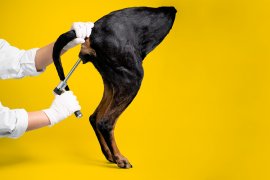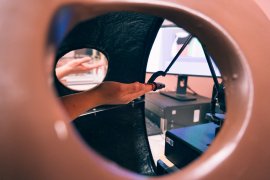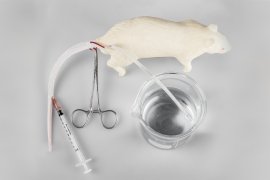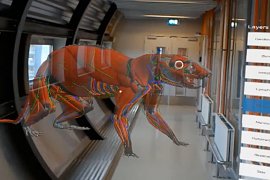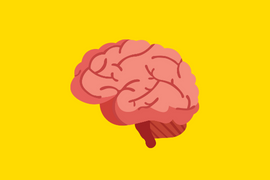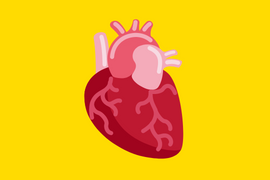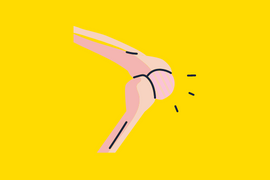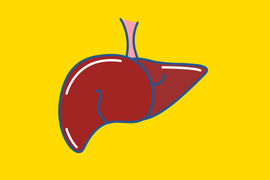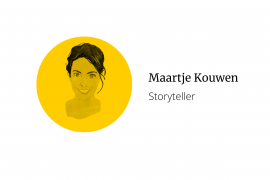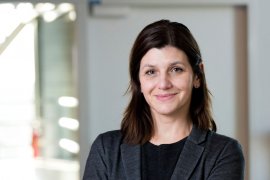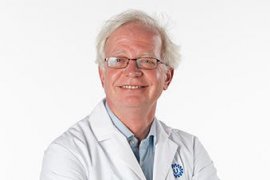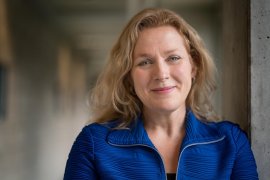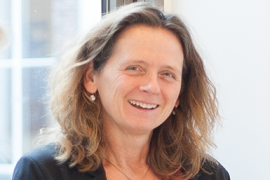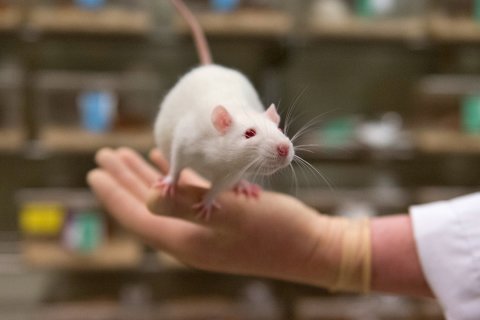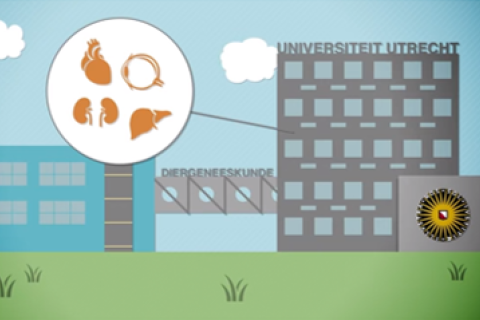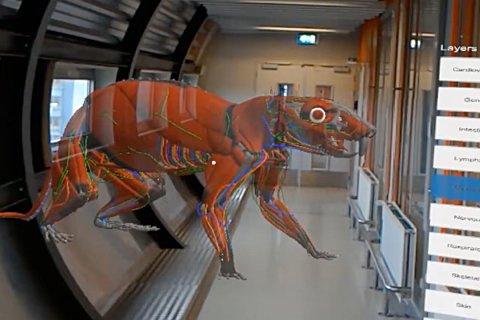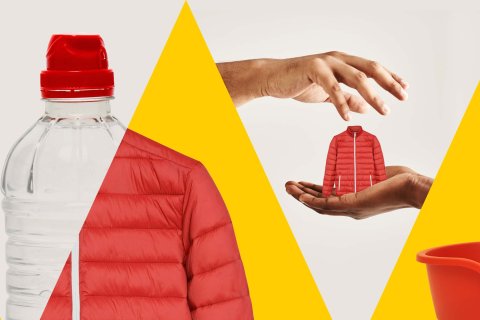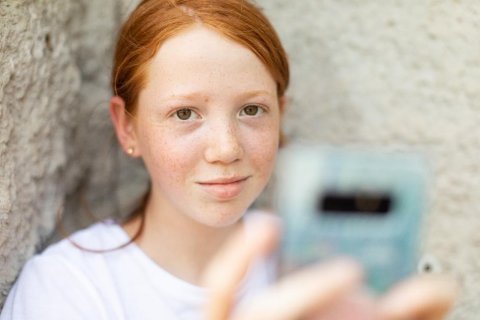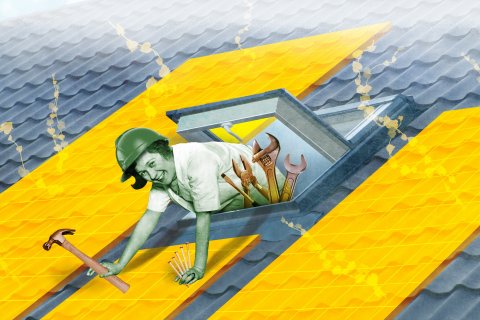Ever dissected your own lab rat as a science student? Or removed a beating heart from a frog, while the rest of the classroom was doing exactly the same? It isn’t a very distant memory for most scholars. But it seems like a lifetime ago for today’s life sciences students. Utrecht University students can now virtually explore every layer of the anatomy of a rat using holograms, they can practice blood sampling from the brain with a plastic pig, and a robot horse simulates internal examinations in a sophisticated manner. These novelties offer new ways to learn about life, without the use of test animals. And not just for students. Smart innovations like organs-on-a-chip and virtual humans take our science to the next level, while reducing or replacing animal testing. Our students are the alumni and professionals of tomorrow: now is the time to educate them for a world in which laboratory animals are not the norm.
Animal-free science next level
Estimated reading time: 12 minuten
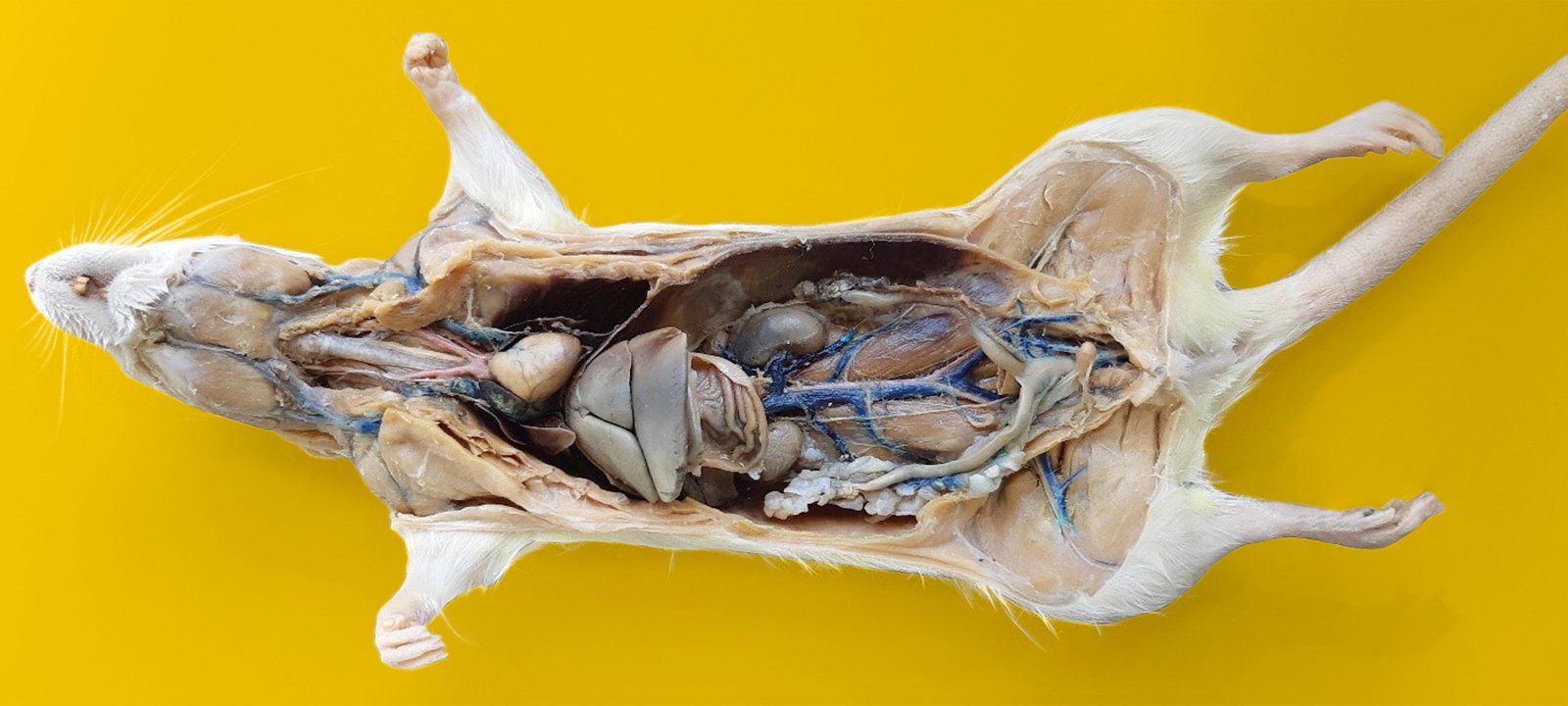
Better education
From a distance, it looks like just a group of students chatting in the corridor. But when you come closer, you’ll notice they’re each wearing big black goggles and take turns pointing at something that doesn't seem to exist at all. For the students, what they see is true to life. A glance through their goggles shows that they are looking at a hologram of a rat. By ‘pressing’ the virtual buttons, the students can create different layers showing only the blood vessels, the skeleton or specific organs. They can make it as complicated or simple as they want. Without ever dissecting an animal, they can study its anatomy in detail in 3D.
“We have to constantly ask ourselves: how can we educate our students in the best possible way? That is not by default with laboratory animals,” says Utrecht University Professor of Comparative Anatomy and Physiology Daniela Salvatori. “Virtual reality improves spatial skills: it is difficult to learn 3D structures from 2D pictures in a textbook. That’s why we’ve developed three-dimensional and holographic models together with UMC Utrecht and Utrecht University computer scientists. With these VR goggles, students can practice as often as needed; which wouldn’t be possible with an animal. There is more interaction with the teacher and it is less stressful than working with laboratory animals. And vets can practice on the trickiest structures once more virtually just before an operation. Life-long learning,” says Salvatori. There is already an avatar of a rat, mouse and fish, and the Avatar Zoo will soon be expanded with a dog, cat, cow and sheep.
Today's students are critical of the use of test animals.
And this is not the only educational innovation that has come to live in Utrecht. The Centre of Excellence for Plastination and Virtual Reality, an initiative of Utrecht University and UMC Utrecht, develops virtual models of animals and humans as well as plastinates. By replacing the water and fat in a deceased animal with polymers, such as rubber and epoxy, lifelike models are created in which the anatomy can be studied for years. Soft plastinates are also suitable for practicing clinical procedures on animals, such as injections and internal examinations. This significantly reduces the use of laboratory animals.
Although laboratory animals have a strong association with research, many are also used in education. “Every year, 10 million animals are used for scientific purposes in Europe; around 200.000 are used for education and training and this is an underestimation,” says Salvatori, by veterinarians in training, life sciences students, PhD students, technical support staff and researchers, practicing anatomy, research skills or surgical techniques.
“It can be different,” says Salvatori, who is also head of TPI Utrecht, an initiative that stimulates discussion and animal-free innovation, and recently developed the study programme Better science with less animals. “We have noticed that this awareness has been set in motion. In both research and education, there are entrenched ideas and test animals have long been the standard. Today's students are critical of the use of test animals, researchers are more open to the growing number of animal-free methods. Our students are the alumni and professionals of tomorrow: now is the time to train them for a world where animals are not the norm.”
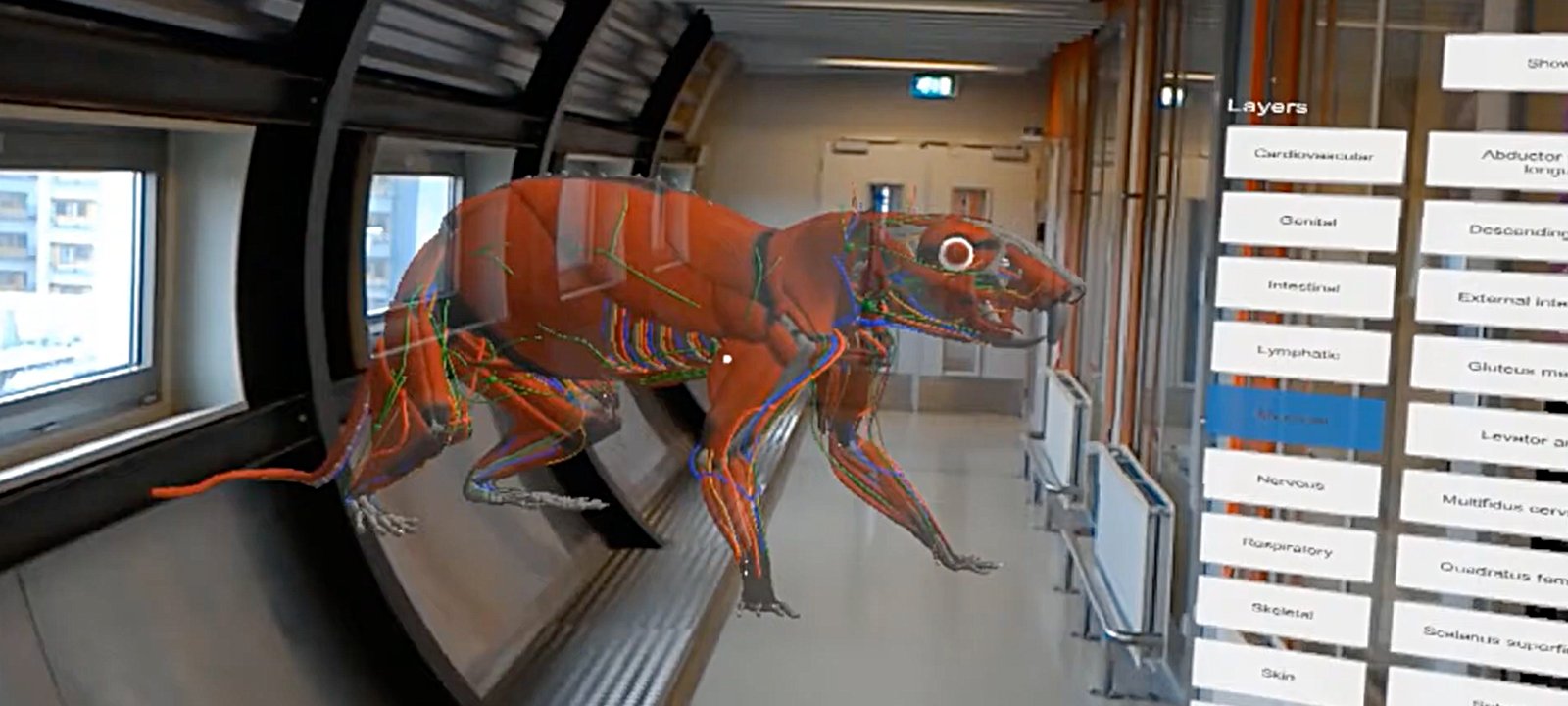
Easy to arrange
These alternatives do not always have to be very advanced. Sometimes simple solutions can lead to a turnaround, says neurosurgeon Bart van der Zwan, who regularly walks into the lab with a bunch of roses. At first, the students were a bit surprised: isn't this the Microsurgery course? Is it Valentine's Day today? But it’s the petals that are the subject of the study. Learning to stitch is not always necessary on laboratory animals, Van der Zwan thought, who is professor of vascular neurosurgery at UMC Utrecht. He replaced fragile tissues and blood vessels by flower petals and boiled noodles in his microsurgery course, in which surgeons to be learn how to stitch tissue, blood vessels and skin on a microscopic level.
“It’s easier, cheaper and more animal-friendly than working with laboratory animals,” says Van der Zwan. “Working with laboratory animals requires a lot of organising and it’s becoming increasingly difficult to arrange. I had already seen in the literature that it could be done differently. Petals of flowers seem ideal to work with: if you press too hard, you immediately see a print. And noodles are easily broken, you have to work with them very carefully; that's a good training for surgeons.”
The simple alternatives make the exercises a lot more accessible. “Neurosurgeons simply have to train their hand skills, and the best way to do that is by practicing a lot. With noodles they can practice in between other activities and as often as they like. And if you make a mistake, you just get a new noodle; you would never do that with a rat”, says Van der Zwan, who also wants to offer the course to vascular surgeons, eye doctors and general practitioners in The Netherlands and abroad. “Simple, but effective, and it saves a lot of animals.”
Innovative education
Reproducibility
What if you actually have to learn how to work with animals? Even in the course Laboratory Animal Science – the basics for anyone working with laboratory animals – animals can be kept out of sight in the first steps. “We practice handling animals with Ikea mice, for example, and learn how to stitch on an inner tube of a bicycle”, says medical biologist Jan van der Valk, coordinator of the Utrecht 3Rs-Centre, which is committed to divulgation of the 3Rs: replacement, reduction and refinement of animal experiments. “For invasive techniques, such as interventions in the abdominal cavity, we start with an artificial rat. It is also less stressful for students than operating on a real rat, where you also have to monitor all kinds of factors such as heart rate and anaesthesia. These alternatives are not solely better for animal welfare, but it also leads to better study results among the students.”
Animal-free alternatives are not solely better for animal welfare, but it also leads to better study results among the students.
And the same applies to research: working with laboratory animals does not always yield the best results. “An animal is a kind of black box. You cannot tell if an animal gets a headache, if it turns red or is confused. Animal experiments do not tell you everything. It is not surprising that nine out of ten drugs tested on animals still fail in the clinical phase,” says Van der Valk.
Moreover, the reproducibility of results is hampered by the many variables in laboratory animals, such as housing and nutrition, that can influence the findings. And strikingly: these differences are not restricted to working with laboratory animals, but even occur when using solely tissues or cells. “The cell culture medium often consists of fetal calf serum that is extracted from unborn calves. This raises major concerns for both animal welfare and reproducibility: each new batch has a different composition that affects the results,” says Van der Valk, who is pushing for chemically defined mediums, that have the same composition every time. “We have therefore set up a database where researchers can find growth mediums for specific cells and tissues without fetal calf serum.”
“Test animals are not the gold standard. It is time for journals to realise this too, and no longer require or support the verification of results in laboratory animals,” says Van der Valk, who is about to retire. “I have high expectations of the next generation, who will put an end to the current routine and thinking. We shouldn’t take animals as a starting point in medical research, but humans.”
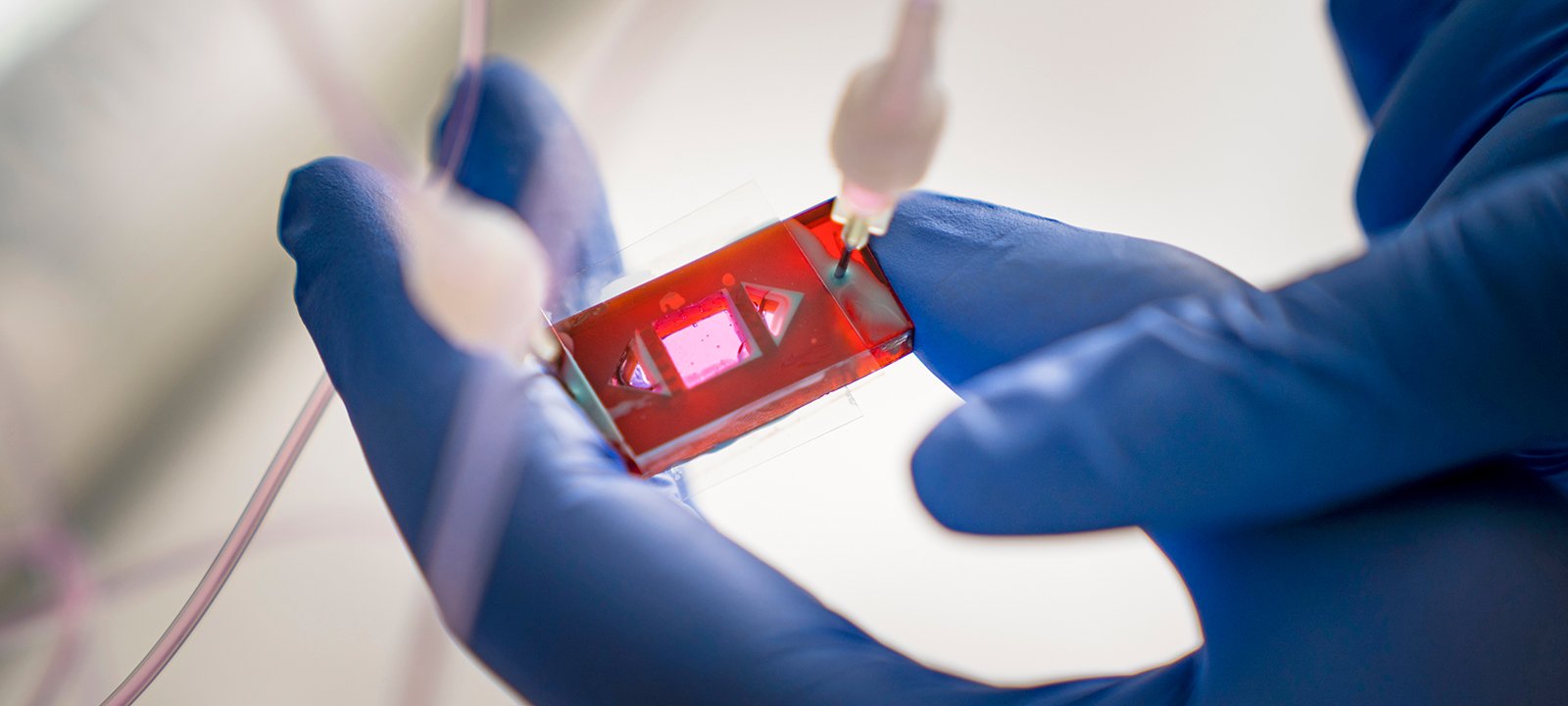
Translating to humans
How much does an animal actually say about a human being? “Many situations in the human body cannot be replicated in animals. Human pathology cannot be found in animals. That means you have to make concessions and always ask yourself how relevant results are in laboratory animals and how you should interpret them,” says Roos Masereeuw, Professor of Experimental Pharmacology and one of the founders of the Utrecht Advanced In Vitro Models Hub.
In vitro models do offer the opportunity to study human cells and tissues. And although researchers cannot mimic an entire body, techniques such as organoids and organs-on-a-chip are becoming increasingly sophisticated. “We are working with microphysiological systems on a chip in which we can mimic parts of organs and can add a flow of microfluidics to mimic the bloodstream or urinary tract,” Masereeuw explains. Such a chip consists of a plastic plate with integrated microchannels and chambers in which complex tissues of cells grow. By adding drugs or food, for example, researchers can follow the effect easily and live under the microscope. This not only reduces the use of animals, but also improves science.
We are training a new generation that looks at laboratory animals in a different way and for whom innovations like this will be the standard.
“The connection between different organs is the biggest challenge,” says Masereeuw. “The next step is to link several organs: intestine, liver, bile duct and kidney, for example. For medicines in particular, it is important to gain insight into how different organs deal with a medicine. It is absorbed in the gut and then excreted through the bloodstream by the kidney, or converted via the liver and excreted through the bile duct. For food allergies, it is the link between skin and intestines that is very important. We aim to connect different parts together, like Lego blocks, to mimic the human physiology.” Utrecht University is part of the Human organ and Disease Model Technologies consortium that is working on connecting different mini-organs.
“We see a great interest among students in these technologies, and a need for education about it. We are training a new generation that looks at laboratory animals in a different way and for whom innovations like this will be the standard,” says Masereeuw. “We are not there yet and we cannot do everything in vitro, but we can do more and more. By combining our technologies with computer sciences, we can optimise our research even further.”
Organoids and organs-on-a-chip
Non-animal safety assessment
Could research and education even be conducted entirely without animals? The Virtual Human Platform is taking the first steps in this direction. This initiative collects data on the safety of chemical substances and medicines, without the use of test animals. It is the largest project ever undertaken in this field in the Netherlands, bringing together more than thirty partners from universities, companies and health organisations, says toxicologist Juliette Legler, project leader of the multi-million project that started in the summer of 2021.
“Of the 100 million laboratory animals used worldwide each year, 30 per cent are used for legally required toxicological and safety tests. The remarkable thing is: these safety assessments are there to protect humans, but they are performed on animals. Even though the predictive value of animal tests for human health is limited. It is out of date. Humans should be the starting point, not test animals,” says Legler.
It's time for revolution, not evolution.
The aim of the Virtual Human Platform is to provide a completely animal-free safety assessment of chemicals and pharmaceuticals for humans, based solely on human physiology and biology. “The system changes very slowly when you reduce or replace step by step; it offers too little innovation,” says Legler. “It's time for revolution, not evolution.”
The platform sparks the revolution by integrating innovations in data sciences with human tissue culture models. “We are bringing together all the data that is available and making it openly accessible,” says Legler. The platform has started to pool data around three cases: “Kidneys, brain and thyroid. For these three there is a lot of expertise, as well as data that is not available in animals.”
Although scientists are sometimes sceptical about whether non-animal methods are feasible for their field, there is more awareness, notes Legler. “They realise that we have not taken enough steps in recent years. The new trend is to think again and again about whether things can be done differently. Certainly among students. For some disciplines, such as neuroscience, a transition to animal-free testing will be difficult. But if we keep thinking it’s impossible, we will not get there. As we become better at predicting biology, we will need fewer and fewer laboratory animals.”
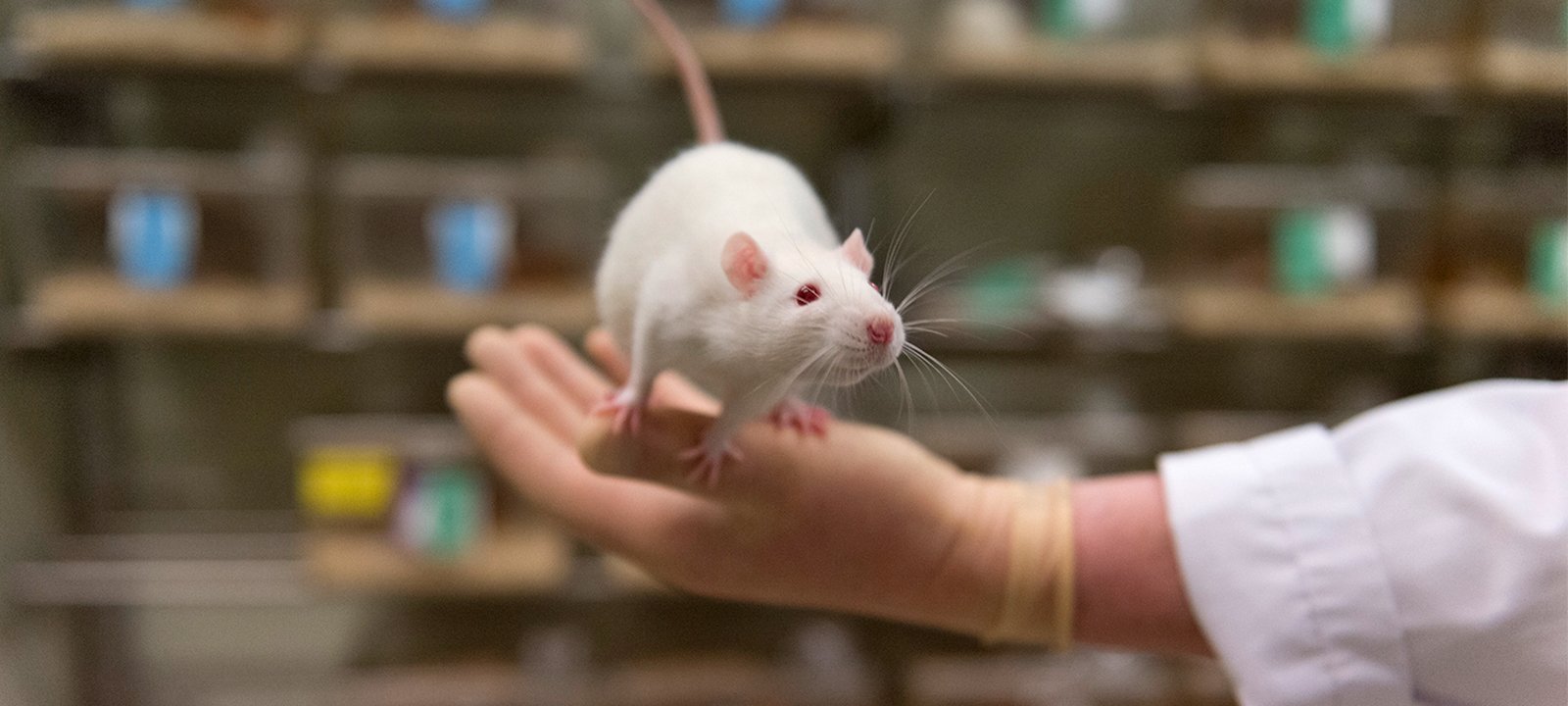
Accepting and trusting
But that is not all. How do we ensure that results that do not involve animal experiments are accepted and trusted? That regulators and funding agencies abandon the current requirements regarding the use of test animals? And that safety will still be guaranteed?
“The first steps are awareness, trust and participation. Only then does acceptance follow. This acceptance is twofold: accepting new methods and accepting their outcome,” says innovation professor Ellen Moors, who is an expert in change management in sustainability issues.
This acceptance is twofold: accepting new methods and accepting their outcome.
There are many players in the game: there are patients, consumers, researchers, regulators, funding bodies and industry, to name just a few. And they each have their own role. “Consumers can give a clear voice by choosing non-animal tested cosmetics, for example; patients do not have that choice when it comes to medicines, they tend to be more passive in the debate. And researchers can be very progressive, but are sometimes obliged to verify their research in animals because regulators or funding bodies demand it. Policymakers can slow down the transition, but they also tend to be critical of routines, which can actually encourage the transition,” Moors explains. “You have to involve and train each of these parties in the animal-free possibilities.”
Exceptional circumstances can shed new light on entrenched ideas about animal testing and drug developement. Vaccine development accelerated during the coronary crisis, for example, patients are more willing to test experimental drugs if they are terminally ill, and price tags can be a factor as well in allowing drugs onto the market. “The media can also play an important role in shaping the public opinion on animal testing. Images such as an ear on a mouse enlarged the resistance to animal testing. The media can therefore act as a catalyst for the acceptance of non-animal innovations,” says Moors.
The Virtual Human Platform brings all these different parties together to discuss issues such as safety, assessment requirements and data for non-animal test innovations. Awareness and participation are the prelude to acceptance. “When there is acceptance,” says Moors, “the transition to non-animal testing will accelerate and new policy around this topic will be introduced sooner. That works better than imposing it from above.”
At Utrecht University we work on animal-free innovations. This offers a world of new possibilities, that we pass on to the next generation. To make sure our first-year students are already aware that things can be done differently and better. That animal experiments are not the gold standard. We take the human being as our starting point, rather than a test animal. We stimulate debate and develop advanced techniques. So we can do even better science, with fewer test animals. Our students are the researchers, policy-makers, vets, doctors and medicine developers of tomorrow. Together, we work towards a better future, one with fewer laboratory animals.

